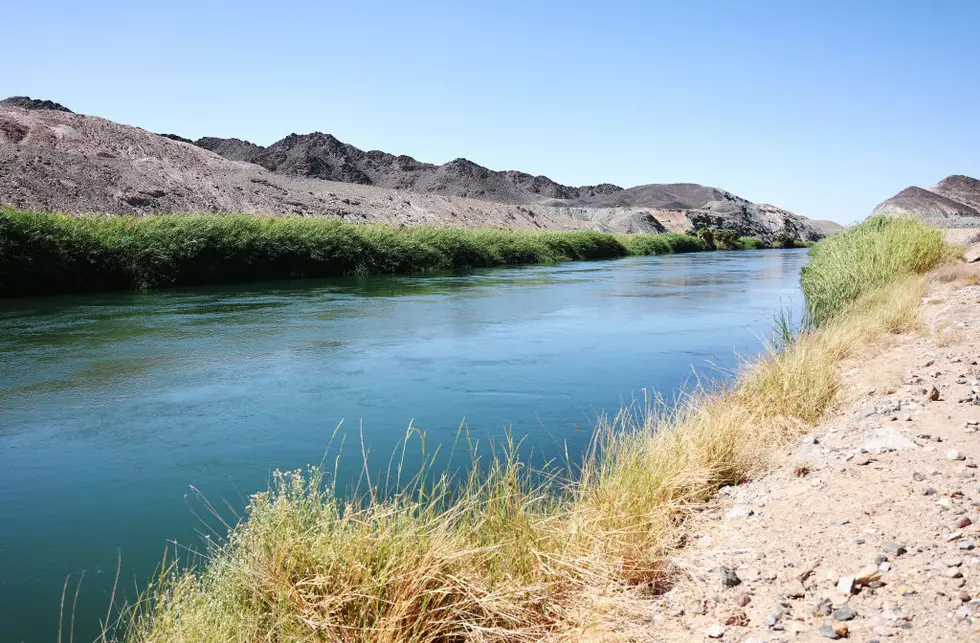
WA DNR On Track for Climate Goals, Misses On Forest Mangement
This last week, Hilary Franz, the public lands commissioner for the Department of Natural Resources, released a report of the progress they were making on climate change goals.
Three-year report shows progress on "tree equity"
DNR released a three-year report on the climate change goals they had hoped to accomplish, which included:
- "Keeping 95 percent of wildfires under 10 acres
- Generating at least 500 megawatts of new solar power from state-owned lands
- Reforesting 1 million acres of forests
- Conserving or restoring 10,000 acres of kelp forests and eelgrass meadows
- Mapping sea level projections
- Increased collaborations with Washington’s tribes"
However, there is little to no mention of forest management, specifically cleaning and preparing large acreages of wildlands to be more fire resistant. One of the 'goals' of DNR under this climate plan is "tree equity," which the state began earlier this year. According to DNR:
"The Washington Tree Equity Collaborative will engage cities, community organizations and stakeholders during the next three years to build rigorous and inclusive urban forestry programs. The Collaborative will support projects that increase tree canopy and urban forest health, which help keep communities cool during heat waves and lead to improved human health outcomes."
In his first term as Governor, Jay Inslee set a goal of increasing the treatment of forest lands to prevent excessive fires from 145K to 200K acres per year. However, by 2016 DNR said they were falling short of the goals, and by 2017 and beyond had stopped listing how much progress was being made.

Results Washington does not contain any data about how forests are having diseased and dead trees and other combustible materials on the forest floor removed.
The Washington Policy Center notes that poor forest management is a key reason behind the devastating fires we have seen in our state over the last few years.
LOOK: The most expensive weather and climate disasters in recent decades



